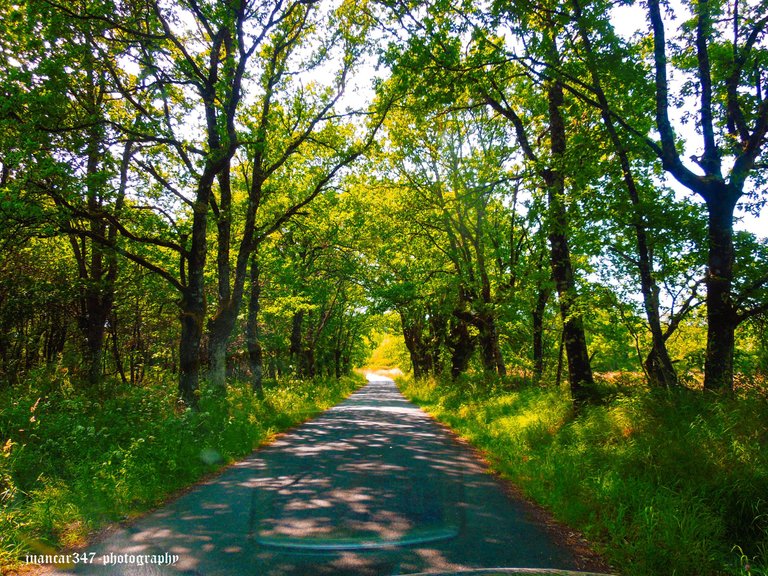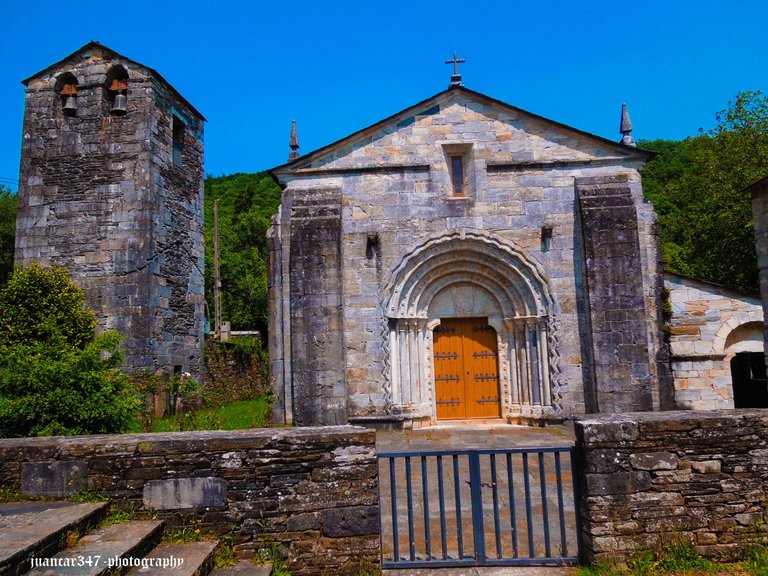
In the depths of Lugo, where the forest is still strong enough to become that dark and sinister forest that was the favourite setting where medieval psychology placed, in particular, the adventures of those metaphorical navigators of the unconscious who were the knights of the Holy Grail, the old Romanesque church of a religious-military order that was especially powerful in Galicia is still preserved: the Order of the Hospital of St. John of Jerusalem.
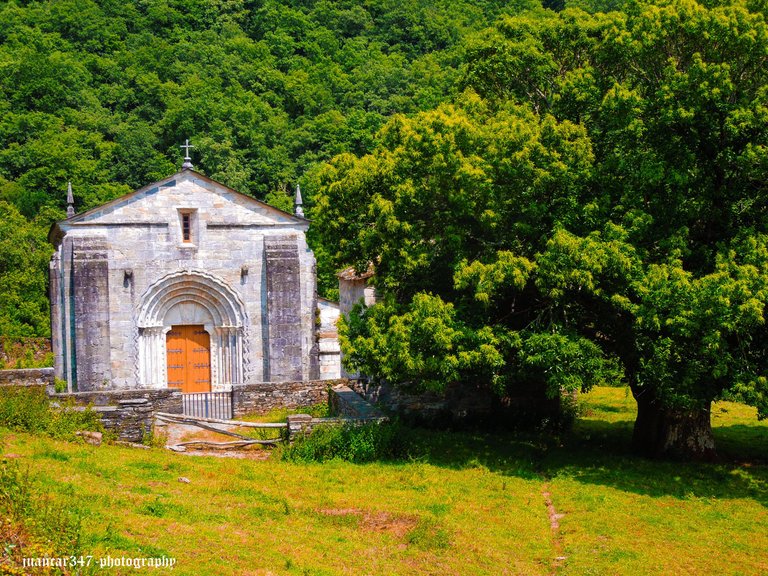
In fact, the town that also stands nearby also bears in its name the main reason, among others, that motivated the presence of this order, rival of the Templars and final heir of a good part of their assets when they were dissolved in the 14th century: Hospital do Incio.
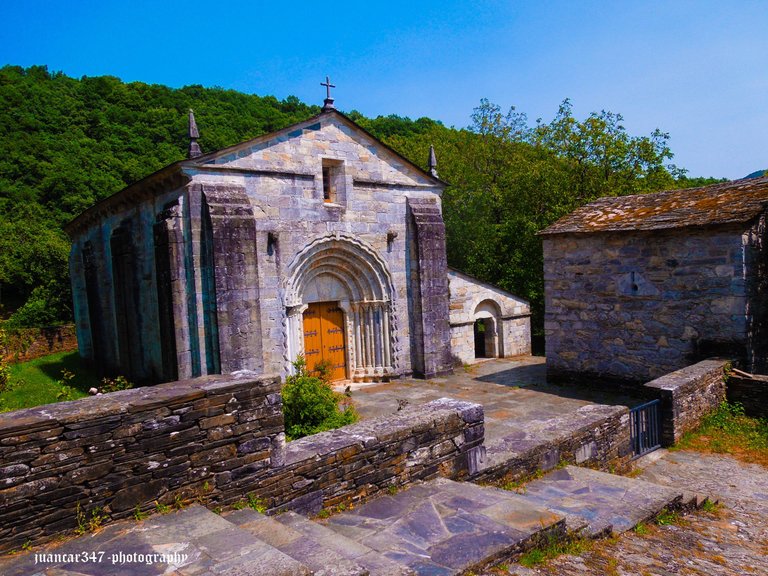
It is, in fact, a purely hospitable place, one of the many that the military orders, and in particular that of Saint John of Jerusalem and the Knights Templar, had on the different routes of the Saint James Way or in their vicinity, to offer assistance and relief to the tiredness of the pilgrims and also, in case of need, to attend to the illnesses that they might suffer during the media-driven vicissitudes of the route to Compostela.
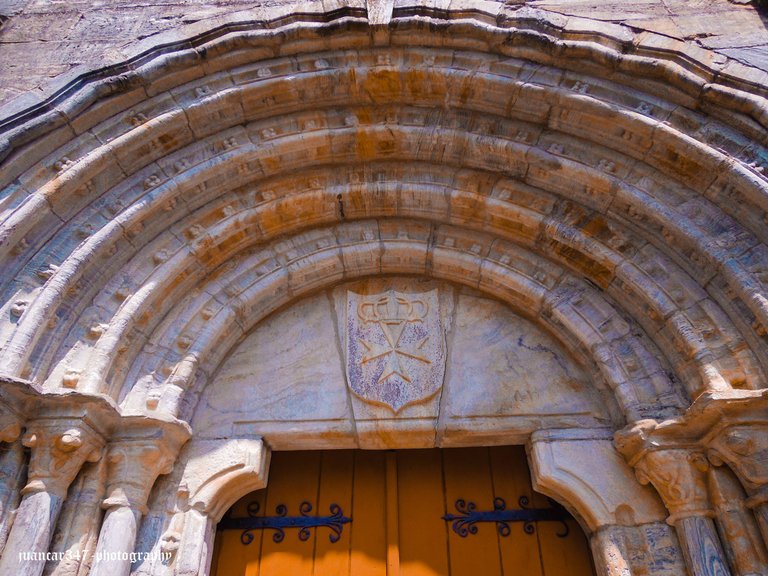
En las profundidades de Lugo, allí donde el bosque todavía es lo suficientemente fuerte como para convertirse en esa oscura y siniestra floresta que constituía el escenario predilecto donde la psicología medieval situaba, particularmente, las aventuras de esos metafóricos navegantes del inconsciente que eran los caballeros del Santo Grial, todavía se conserva la vieja iglesia románica de una orden, religoso-militar, que fue especialmente poderosa en Galicia: la Orden del Hospital de San Juan de Jerusalén.
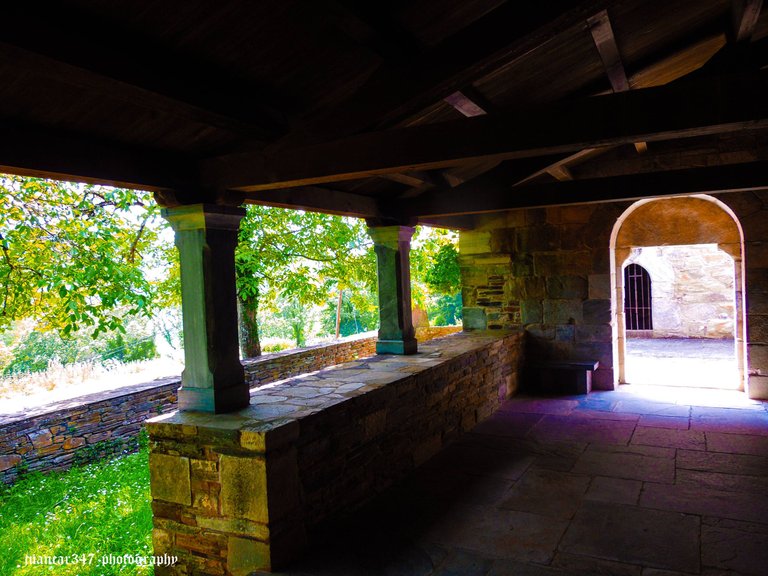
De hecho, el pueblo que se levanta también en las inmediaciones, lleva también, en su nombre, la principal razón, entre otras, que motivó la presencia de esta orden, rival de los templarios y heredera final de buena parte de sus bienes cuando fueron disueltos en el siglo XIV: Hospital do Incio.
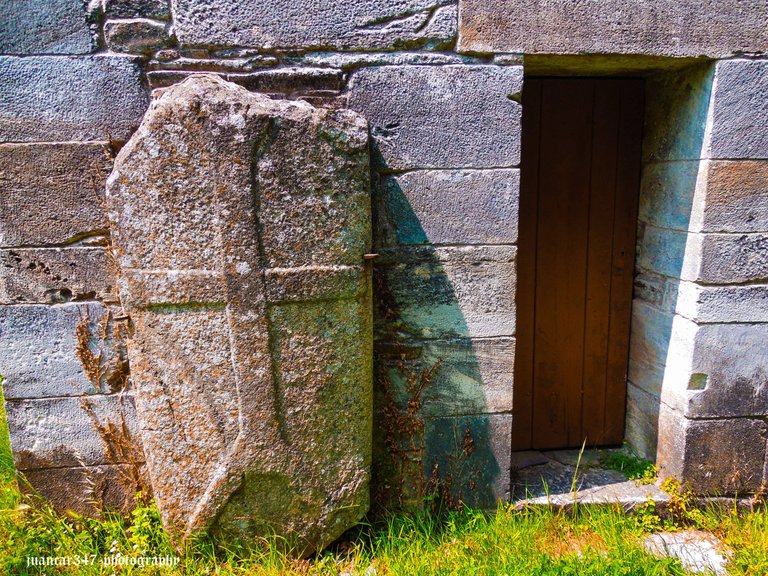
Se trata, en efecto, de un lugar netamente hospitalario, de los muchos que las órdenes militares y en especial, la de San Juan de Jerusalén y la del Temple, tenían en las diferentes rutas del Camino de Santiago o en sus proximidades, para ofrecer asistencia y alivio al cansancio de los peregrinos y atender también, en caso de necesidad, las enfermedades que éstos pudieran arrastrar durante los mediáticos avatares de ruta hacia Compostela.
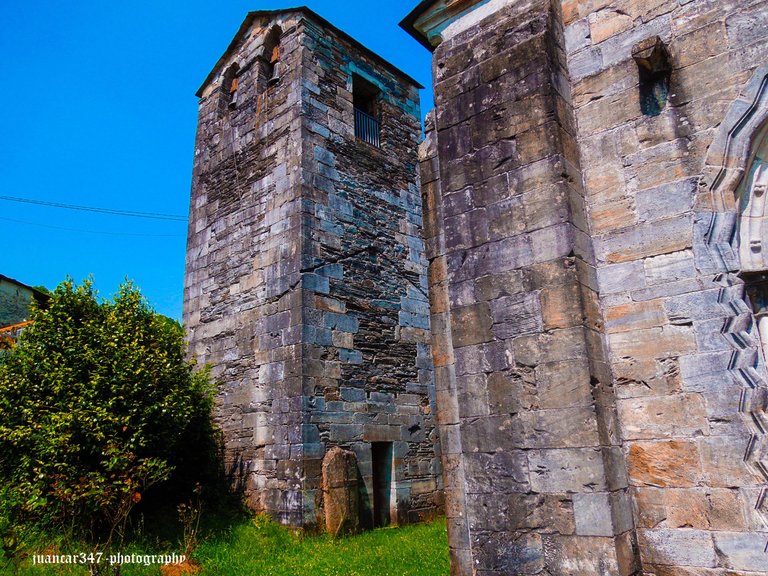
NOTICE: Both the text and the accompanying photographs are my exclusive intellectual property and therefore, are subject to my Copyright.
AVISO: Tanto el texto, como las fotografías que lo acompañan, son de mi exclusiva propiedad intelectual y por lo tanto, están sujetos a mis Derechos de Autor.
